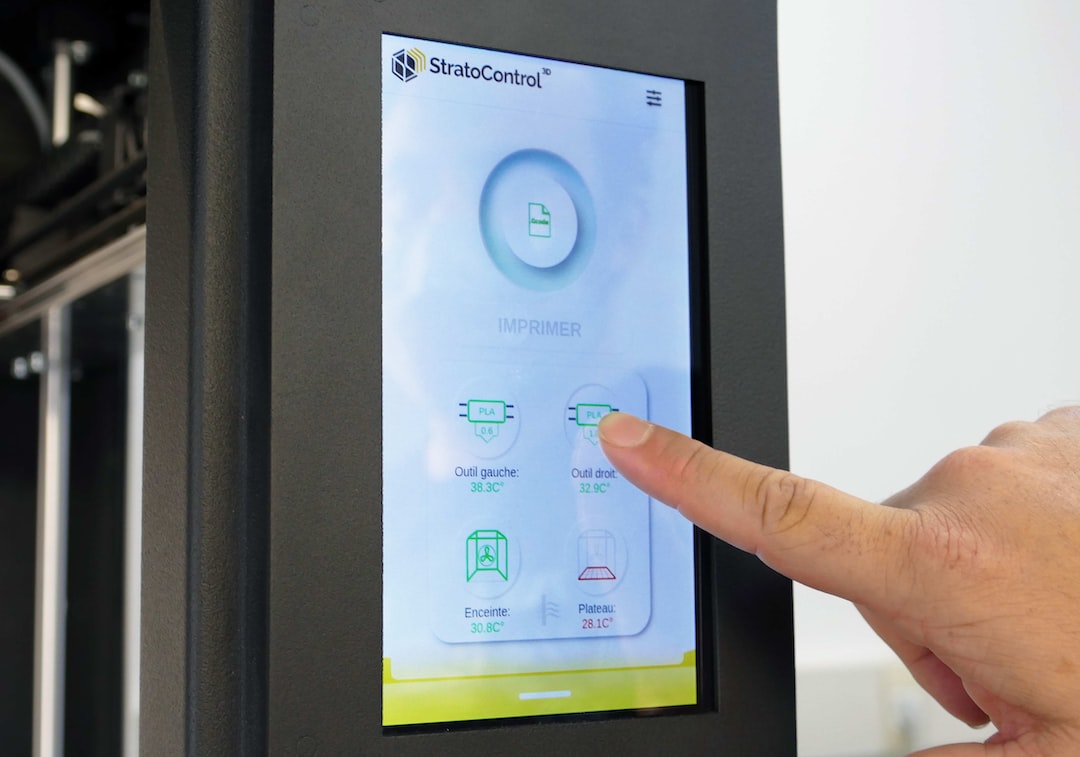The Future of Augmented Reality: Applications and Potential
Technology has always been at the forefront of innovation, constantly shaping the way we live and interact with our surroundings. One such technological marvel that has gained significant attention in recent years is augmented reality (AR). AR overlays digital content onto the physical world, enabling us to access a whole new dimension of information and experiences. From mobile applications to entertainment, AR has already made its mark. However, the story doesn’t end there. The future of augmented reality holds endless potential, with applications that will revolutionize various industries and transform the way we live.
Let’s start by exploring the current applications of augmented reality. AR has found its way into our smartphones, providing us with immersive experiences through various mobile applications. Take, for example, Pokemon Go, a game that took the world by storm in 2016. It combined real-world locations with augmented reality to create an interactive gaming experience like no other. This marked the beginning of AR integration into entertainment and showcased the massive potential for future applications.
Beyond gaming, AR has also made significant strides in the retail industry. Companies like IKEA and Sephora have implemented AR technology in their mobile applications, allowing customers to virtually try out their products before purchasing them. This not only enhances the online shopping experience but also reduces the chances of post-purchase dissatisfaction. In the future, we can expect AR to play an even greater role in transforming the retail industry. Imagine being able to walk into a store and instantly view detailed product information, compare prices from different retailers, and even try on virtual clothing before making a decision.
Education is another area where augmented reality holds incredible potential. Traditional learning methods are often limited to books and lectures. However, with AR, students can have a hands-on and interactive learning experience. Imagine studying anatomy by virtually dissecting a human body or exploring historical landmarks by visualizing ancient civilizations. AR has the power to bring education to life, making it more engaging and unforgettable for students of all ages. The integration of AR in education has already begun, with applications like Google Expeditions providing virtual field trips to classrooms worldwide.
Medical professionals are also benefiting from the advancements in augmented reality. Surgeons can use AR overlays during operations, providing them with real-time information about patients and improving precision. Additionally, AR can serve as a valuable tool for medical training, allowing students to practice procedures in a virtual setting. The potential for improving patient outcomes and reducing medical errors through AR is immense, and we can expect further developments in this field.
While the current applications of AR are impressive, the future holds even greater promise. One area where AR is already making waves is in navigation and mapping. We have all experienced the frustration of getting lost or struggling to find our way in a new city. With AR, directions and navigation become seamless. Imagine simply holding up your phone and seeing virtual arrows guiding you to your destination or having real-time information about public transportation schedules and delays. AR will not only make navigation more efficient but also create a safer and more immersive travel experience.
Another industry that will undoubtedly benefit from AR in the future is the world of entertainment. We have already witnessed the success of AR in gaming, but imagine applying this technology to movies and live performances. The possibilities are endless – actors and characters vividly coming to life before our eyes, interactive storylines where the audience plays an active role, and immersive experiences that blur the line between fiction and reality. The future of entertainment with AR will revolutionize the way we consume media, providing unforgettable experiences that will stay with us long after the credits roll.
However, perhaps one of the most impactful applications of AR in the future lies in its potential to enhance accessibility and inclusivity. AR has the power to break down physical barriers and provide equal opportunities for individuals with disabilities. For example, AR glasses can assist visually impaired individuals by overlaying helpful navigation cues or providing descriptions of their surroundings. Additionally, AR can help individuals with hearing impairments by providing real-time captions or translations. By bridging these accessibility gaps, AR has the potential to create a more inclusive and equal society.
In conclusion, the future of augmented reality is undoubtedly bright and full of potential. From entertainment and education to healthcare and accessibility, AR has the ability to transform various industries and revolutionize the way we live. The current applications of AR have paved the way for remarkable advancements and experiences, but it is the untapped potential that excites us the most. As technology continues to evolve, so will augmented reality, ushering in a new era of innovation and endless possibilities. The future is here, and it is augmented.

